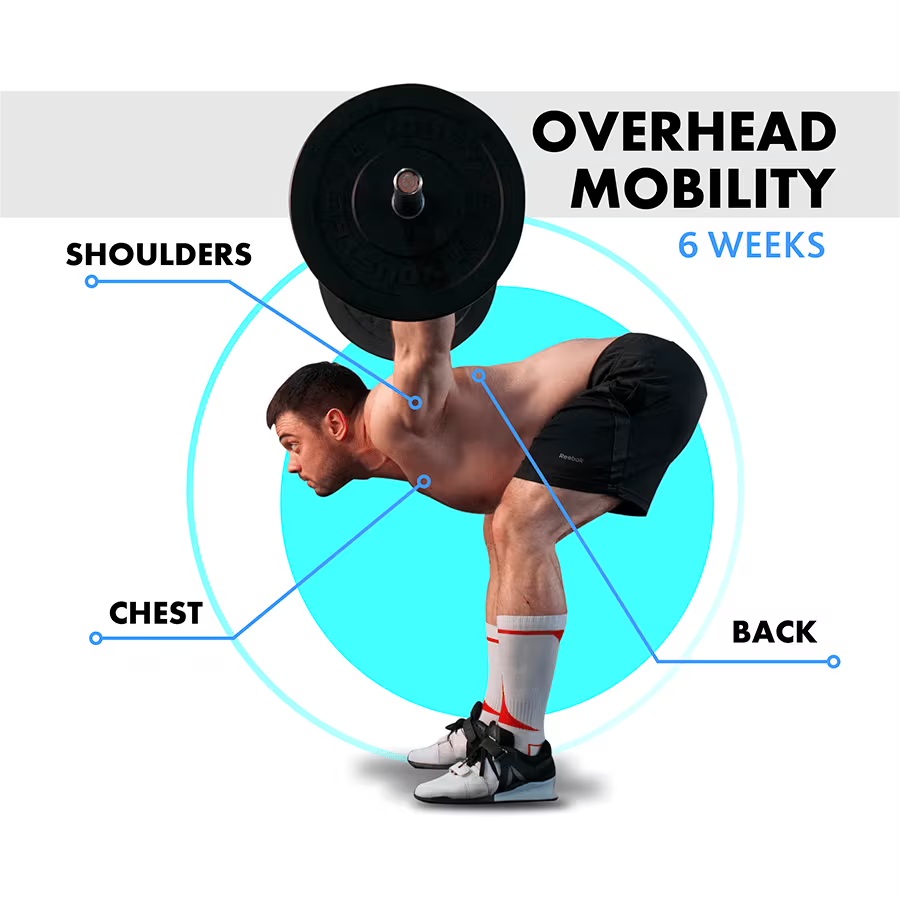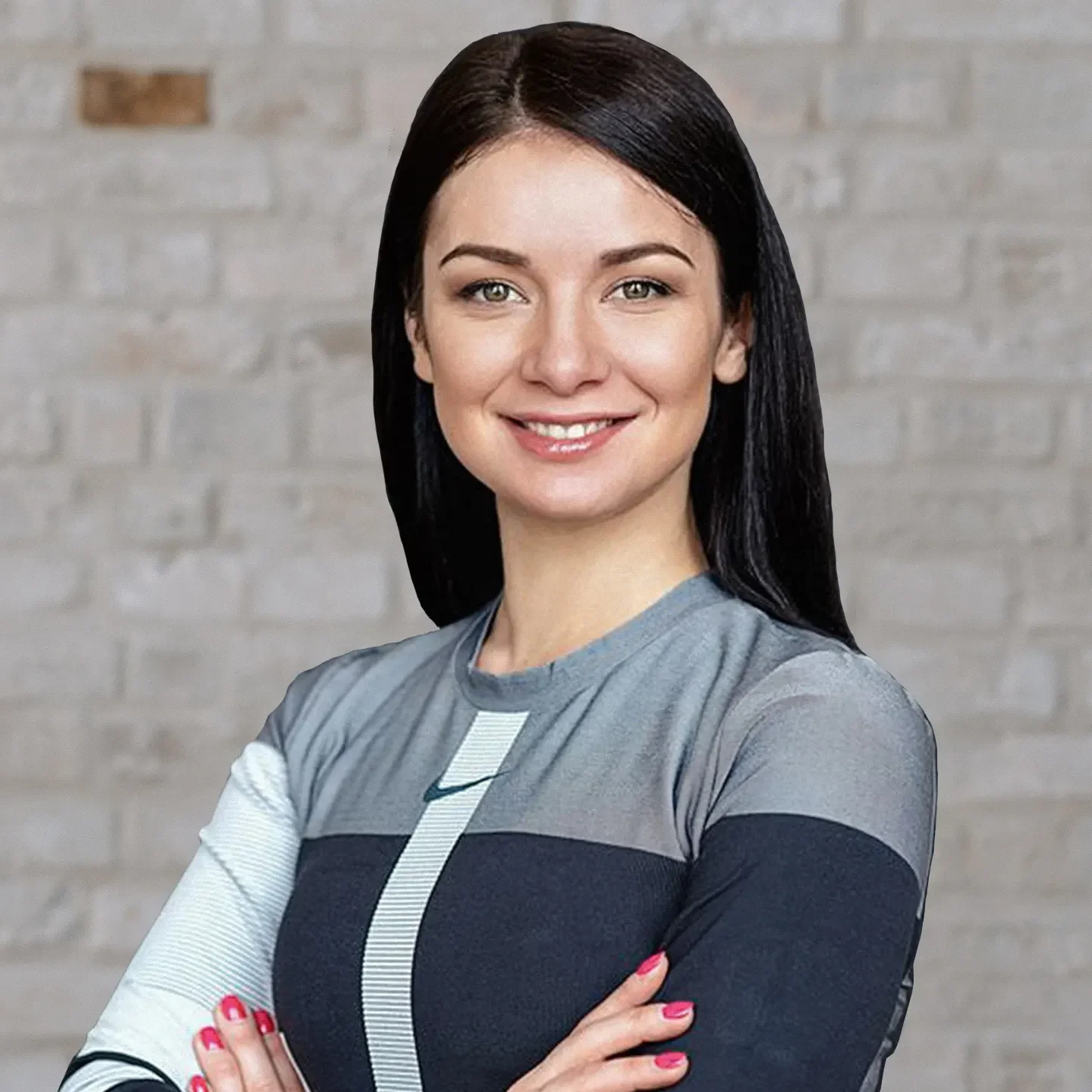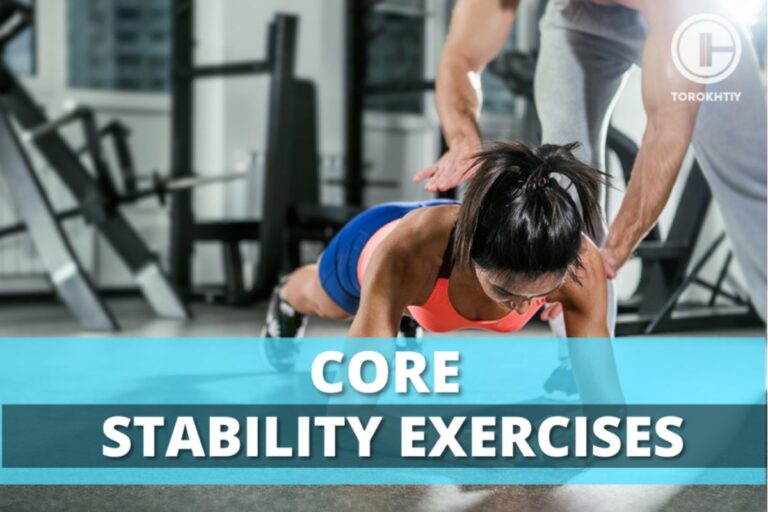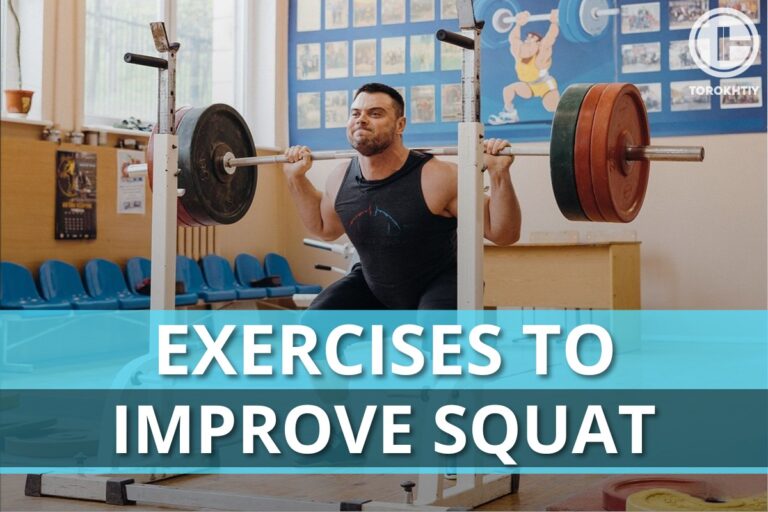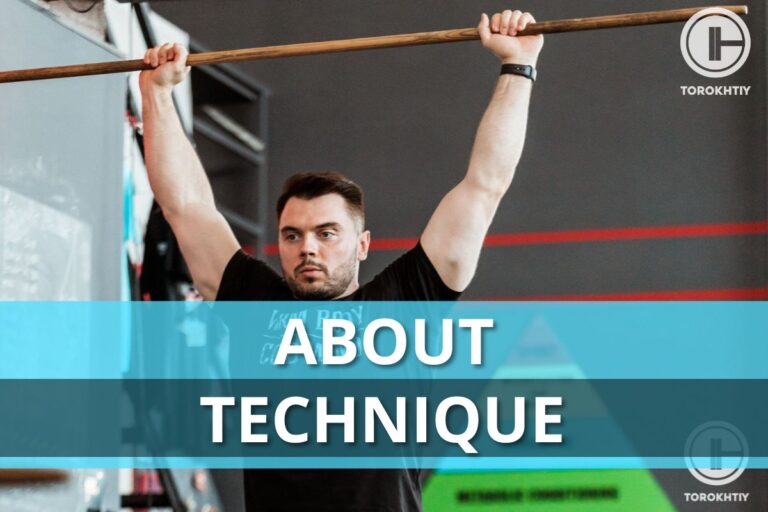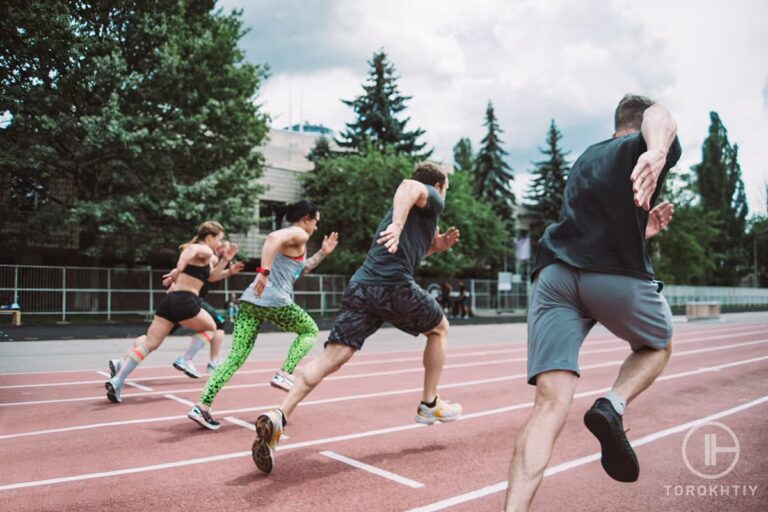8 Neck Mobility Exercises to Increase Range of Motion
If you suffer from neck pain or stiffness, consider neck mobility exercises. They can help to improve your range of motion, reduce pain and prevent further injury.
Neck mobility exercises can help stretch and strengthen your neck muscles. Exercises such as Lateral Neck Flexion and Neck Rotations will help relieve neck pain and the other issues caused by poor posture and a shortening of the neck muscles.
In the following article, we will explore the benefits of neck mobility exercises and provide a step-by-step guide on how to perform them.
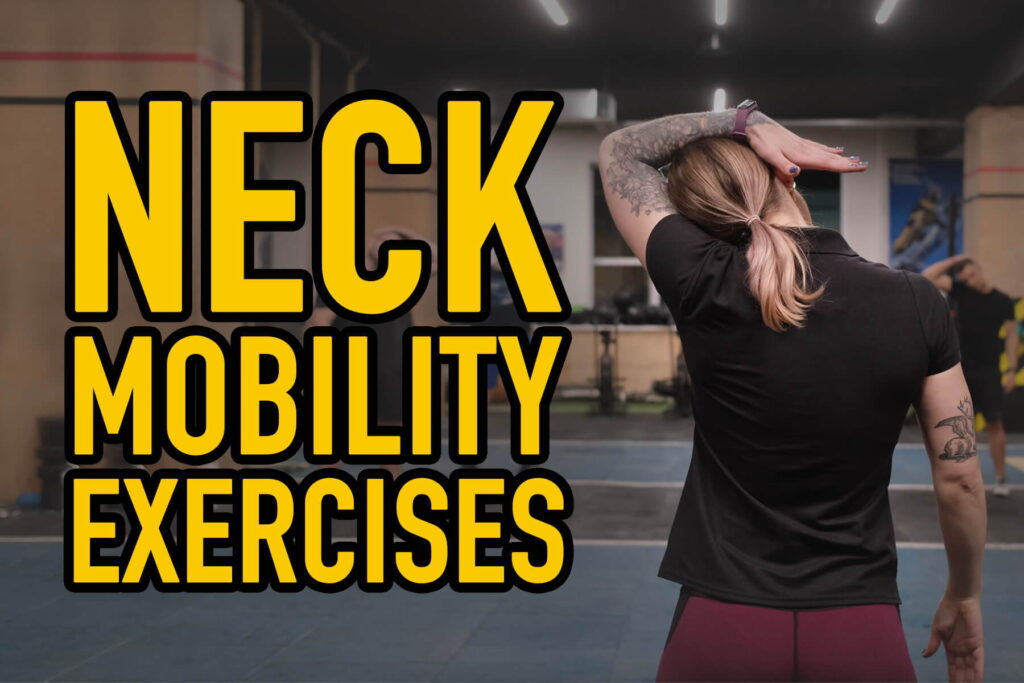
Neck Mobility Exercises: General Description
Your neck is a complex structure that helps to support your head, enabling you to move it in various directions. It comprises several vertebrae stacked atop each other. There are also two joints at each level that help articulate each vertebra.
You also have several muscles at the front, back, and sides of your neck that help support the spine and help move your neck.
Our sedentary lifestyles and poor posture can lead to many people experiencing neck pain, stiffness, and limited mobility.
Failure to stretch and strengthen the muscles of your neck can weaken them over time, leading to a host of issues.
Your head may sag, leading to increased pressure on your cervical spine, which can cause neck pain.
Performing neck mobility exercises can help stretch the scalene muscles (found at the side of the neck) and the suboccipital muscles (lower back of the head and top of your neck).
The exercises can also strengthen the postural muscles, including the upper thoracic extensors and deep cervical flexors.
Stretching and strengthening can help to relieve the neck pain caused by poor posture, along with a host of other benefits.
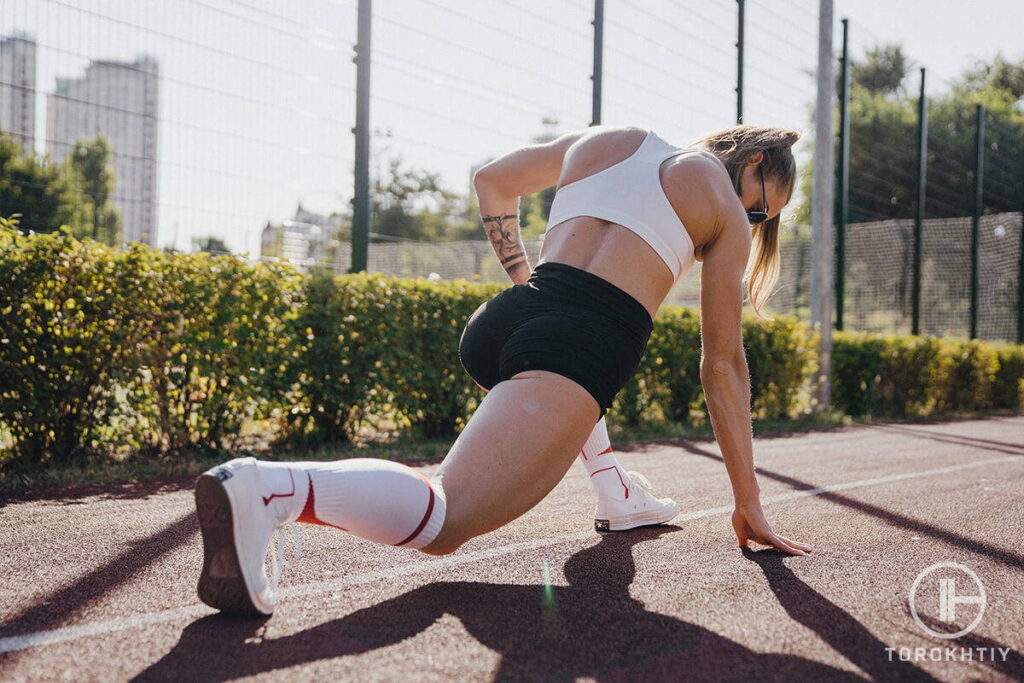
Reasons To Perform Neck Mobility Exercises
There are various reasons why neck mobility exercises are essential. Here are some of the main reasons.
Better Posture
Nowadays, many of us spend too much time hunched over our phones and computer screens. This can lead to our necks stiffening and a shortened range of motion.
Neck mobility exercises can help to realign and straighten your neck.
Prevents Injury
A strong neck can help reduce the risk of injury, which can be particularly important for those who undertake physical activities.
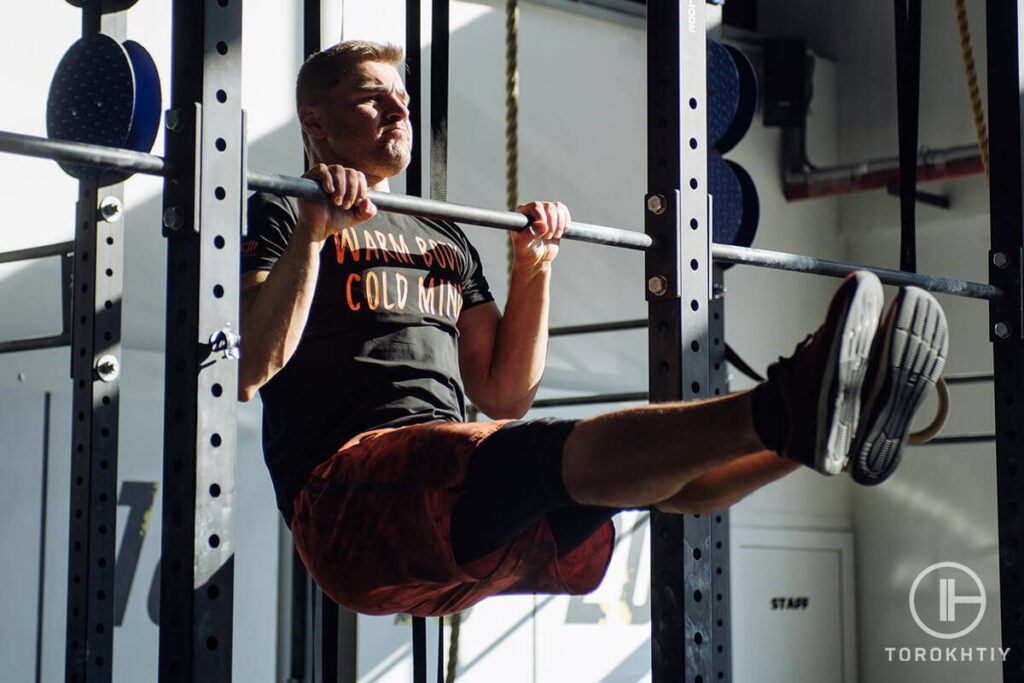
Relieve Tension
When the nerves in your neck are compressed or irritated, you may experience tension that can lead to headaches.
Neck stretches can help to relieve this tension, resulting in fewer migraines and headaches.
Better Flexibility & Improved Range Of Motion
Failure to stretch your neck can lead to the shortening of the muscles and a reduced range of motion.
Stretching can elongate those muscles, allowing you an improved range of motion.
Less Neck And Back Pain
Stretching your neck can improve posture while strengthening and stabilizing your neck. This can help to reduce any pain you experience.
Improve Blood Flow
You shouldn’t be surprised to learn that your neck is an extension of your spine.
You will encourage blood flow to your spinal cord and brain by stretching your neck. This extra blood flow will promote the healthy function of your nervous system.
🔻OVERHEAD MOBILITY CYCLE Program
Boost Your Overhead Mobility!
Pro or beginner, our Overhead Mobility Program is your key to success.
Why Choose?
- 🏋️ Master Olympic weightlifting, from beginner to pro.
- 💪 Boost upper body mobility and joint strength.
- 🚀 Solidify your confidence in overhead movements.
- 🥇 Achieve new personal bests.
- 🎯 Benefit from 60+ unique exercises.
- 📈 5 tests to track your progress.
- ⏰ 18 efficient 30-minute workouts.
- 📹 120 video guides.
- 🔒 Lifetime access for success anytime, anywhere.
Don’t wait – unlock your potential today! 🚀
Neck Mobility Exercises for Peak Performance
Here are some of the best neck mobility exercises. Before you start, you should always take some time to warm up to help loosen your muscles and prevent injury.
Moving your head gently in circles or side to side would be an easy method to warm up your neck muscles.
Aim to perform these exercises each day. You will only need to perform them for 3-5 minutes daily.
Lateral Neck Flexion
The lateral neck flexion is one of the most basic but best neck range of motion exercises.
To perform a neck stretch:
- Sit or stand with your back straight and your shoulders relaxed.
- Slowly tilt your head to the left. You should bring your left ear towards your left shoulder. Hold this position for 10-15 seconds.
- Return your head to the center and then repeat on the right side.
- Repeat this movement 2-3 times on each side.
Neck Rotations
This particular neck mobility exercise will help those with limited neck rotation.
To perform neck rotations:
- Sit or stand with your back straight and shoulders relaxed.
- Turn your head to the left slowly, looking over your left shoulder. Hold this position for 10-15 seconds before returning to the starting position.
- Repeat the movement on the right side.
- Repeat 2-3 times on each side.
Chin Tucks
Cervical mobility exercises like the chin tuck can help strengthen your neck muscles and improve posture.
To perform a chin tuck:
- Start sitting or standing with your back straight, and shoulders relaxed.
- Tuck your chin towards your chest. Like if you were making a double chin.
- Hold this position for 10-15 seconds before relaxing.
- Repeat this movement 10 times.
Chin Up
The chin up is one of the best cervical spine mobility exercises because it is ideal for stretching the head flexors.
To perform chin up:
- Keep your shoulders back and as still as possible.
- Raise your chin and head up to the sky without tilting your head back.
- Hold your head in this position for up to 5 seconds or until you feel your muscles are stretched.
- Return to the original, neutral position.
- Perform this movement 10 times.
Wall Angels
Wall angels are great physical therapy neck stretches that can help relieve neck and upper back pain.
To perform wall angels:
- Place your back against a wall with your feet slightly in front of you.
- Throughout the exercise, you should keep your hips, back, and head against the wall.
- Place your arms against the wall at shoulder height. Your elbows should be bent with your hands pointing towards the sky.
- While keeping everything in contact with the wall, slide your arms up as high as possible while straightening them.
- Slide your arms down to the starting position.
- Perform this movement 10 times.
Open Books
While performing this neck mobility exercise, you should imagine opening your arms like the pages of a book.
To perform open books:
- Start by lying on your side, with your head on a pillow for support.
- Bend your knees so that they are just below hip level.
- Turn your head gently and reach your top arm up.
- Breathe deeply and rotate until you feel a stretch.
- Hold for 1-2 seconds at the end of the stretch before returning to the start position.
- Do 10 repetitions before repeating the stretch on the opposing side.
Shoulder Rolls
This neck mobility exercise can help relieve tension in your neck and shoulders.
To perform shoulder rolls:
- Sit or stand with your back straight and shoulders relaxed.
- Roll your shoulders towards your ears and then back down in a circular motion.
- Repeat 10 times.
Upper Trapezius Stretch
The trapezius muscle, or traps as they are sometimes referred to, is a large muscle that starts at the back of your head and neck, extending across your shoulders and down the middle of your back. This muscle is essential to your posture, so stretching is crucial.
To perform the upper trapezius stretch:
- Start by placing one hand on your lower back, with your other hand on the opposite side of your head.
- Gently and slowly, pull your head towards your shoulder. You should keep your head facing forward and stop once you feel your muscles stretch.
- Hold this stretch for 30 seconds before returning to the starting position.
- Repeat on the opposing side.
Many different neck mobility exercises can help strengthen your neck; you must find out which exercise works best for you.
Also, make sure to start slowly and gradually increase the intensity and duration of these exercises over time. If you experience pain or discomfort while performing them, you should stop immediately and consult a healthcare professional.
FAQ
What Causes A Lack Of Neck Mobility?
One of the leading causes of a lack of neck mobility is poor posture. This is likely caused by a sedentary lifestyle where you spend hours hunched over a computer screen.
Why Do I Have A Limited Range Of Motion In My Neck?
The likely cause of the limited range of motion in your neck is poor posture, which can shorten your neck muscles.
How Long Does It Take To Get A Flexible Neck?
The time it takes to get a flexible neck will depend on the severity of your stiffness. It may take a few days or weeks unless you have a severe issue. In this case, you should seek advice from a health professional.
Conclusion
Stretching your neck muscles regularly can help remedy the issues caused by bad posture.
The above stretches will help improve neck mobility and reduce neck pain and stiffness. Over time with a bit of time and dedication, you will experience improved neck mobility and a better overall quality of life.
Please comment below if you have any further questions or comments about neck mobility exercises.
Also read:
- Athlete Mobility Workout
- Overhead Squat
- Upper Body Mobility Exercises
- Overhead Squat Assessment
- Tricep Stretches
- Shoulder Mobility Exercises
- Lat Stretches
References:
- Associations of neck muscle strength and cervical spine mobility with future neck pain and disability: a prospective 16-year study // Biomedcentral: https://bmcmusculoskeletdisord .biomedcentral.com /articles/10.1186/ s12891-021-04807-3
- Effectiveness of exercise in office workers with neck pain: A systematic review and meta-analysis // Ncbi: https://www.ncbi.nlm.nih.gov /pmc/articles/PMC6093121/
Why Trust Us?
With over 20 years in Olympic Weightlifting, our team does its best to provide the audience with ultimate support and meet the needs and requirements of advanced athletes and professional lifters, as well as people who strive to open new opportunities and develop their physical capabilities with us.
By trusting the recommendations of our certified experts in coaching, nutrition, dietology, and sports training programming, as well as scientific consultants, and physiotherapists, we provide you with thorough, well-considered, and scientifically proven content. All the information given in the articles concerning workout programming, separate exercises, and athletic performance, in general, is based on verified data. We ensure that you can rely on our professionals’ pieces of advice and recommendations that can be treated as personalized ones which will benefit you and fully meet your needs.
The product testing process is described in more detail here
Author: Zinaida Bondarenko
Coach, Physiotherapist
Physical rehabilitation experience: 10 years
Zinaida was a member of the national team of Ukraine in rhythmic gymnastics, accumulating 15 years of professional sports experience. She holds certifications in functional training, rehabilitation, kinesiotherapy, specializing in working with athletes across various domains: recovery, rehabilitation, functional and mobility training, General Physical Preparedness (GPP), as well as injury prevention through specific program design. Moreover, she focuses on athlete and coach education to enhance performance and prevent injuries.

